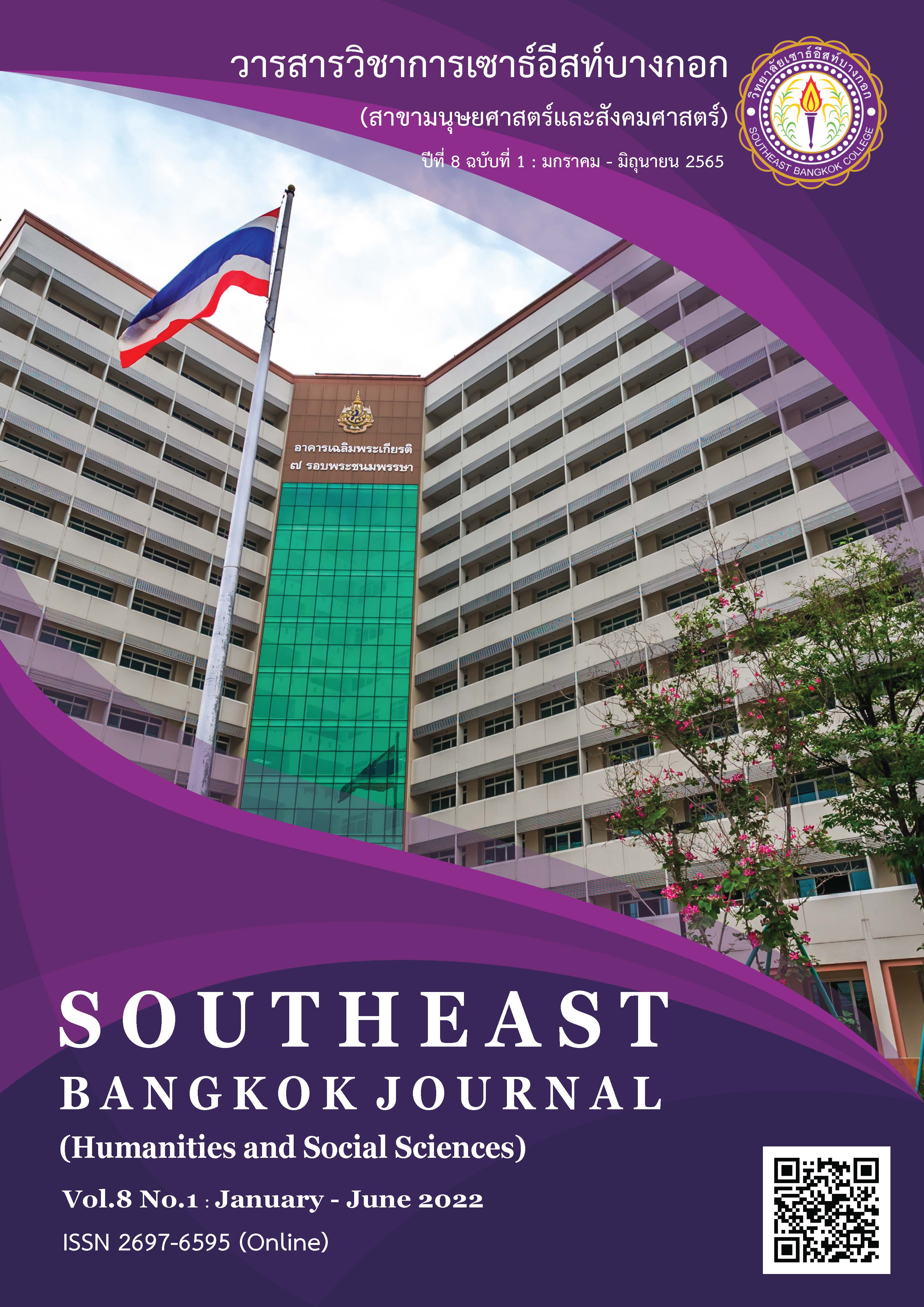การสังเคราะห์งานวิจัย : ความสามารถในการจัดการนวัตกรรมเพื่อ ผลการดำเนินงานขององค์กรที่ยั่งยืนในประเทศไทย
Main Article Content
บทคัดย่อ
บทความวิชาการเรื่อง การสังเคราะห์งานวิจัย : ความสามารถในการจัดการนวัตกรรมเพื่อผลการดำเนินงานขององค์กรที่ยั่งยืนในประเทศไทยนี้ มีวัตถุประสงค์เพื่อไปสู่การพัฒนามิติของความสามารถในการจัดการนวัตกรรมเพื่อผลการดำเนินงานขององค์กรที่ยั่งยืนของอุตสาหกรรมการเกษตรในประเทศไทย ดังที่อุตสาหกรรมคาดหวังไว้โดยยึด 2 ทฤษฎีหลัก คือ 1) ทฤษฎีฐานทรัพยากรของกิจการ 2) ทฤษฎีเชิงสถานการณ์ บทความนี้นำเสนอการสังเคราะห์กรอบแนวคิดทางการวิจัยที่บูรณาการเป็นตัวแปรอิสระของความสามารถในการจัดการนวัตกรรมของอุตสาหกรรมการการเกษตร มีกระบวนการสร้างความสามารถในการจัดการนวัตกรรมจากการพัฒนา 2 มิติ คือ มิติด้านความเป็นผู้ประกอบการ และมิติด้านกลยุทธ์ สุดท้ายบทความนี้ได้นำเสนอประโยชน์ทางด้านทฤษฎีและด้านนโยบายและการจัดการ รวมทั้งข้อจำกัดต่างๆ เพื่อต่อยอดงานวิจัยเชิงประจักษ์เป็นประโยชน์ต่อวงการวิชาการต่อไปในอนาคต
Article Details
เอกสารอ้างอิง
Al-Haddad, S., & Kotnour, T. (2015). Integrating the Organizational Change Literature: A Model for Successful Change. Journal of Organizational Change Management, 28, 234-262.
Barney, J.B., Wright, M., & Ketchen Jr., D.J. (2001). The resource-based view of the firm: Ten years after 1991. Journal of Management, 27(6), 625-641.
Chathoth, P.K., Ungson, G.R., Harrington, R.J. & Chan, E.S.W. (2016). Co-creation and higher order customer engagement in hospitality and tourism services: A critical review. International Journal of Contemporary Hospitality Management, 28(2), 222 - 245.
Harimukti, W., Harm-Jan, S., & Aard, G. (2018). Exploring stakeholders’ support in international equity placement strategic alliance. Gadjah Mada International Journal of Business, 20(2), 205-228.
Jeongeun, S., Tae-Eung, S., & Hyun-Woo, P. (2018). A network analysis of strategic alliance drivers in ICT open ecosystem: with focus on mobile, cloud computing and multimedia. Multimedia Tools and Application, 77(12), 14725 - 14745.
Kmieciak, R., Michna A., & Meczynska, A. (2012). Innovativeness, Empowerment and IT capability: Evidence from SMEs. Industrial Management and Data Systems, 112(5), 707-728. Retrieved from
www.emeraldinsight.com/doi/pdf/10.1108/0263557 1211232280
Lawson, B., & Samson, D. (2001). Developing Innovation Capability in Organizations: A Dynamic Capabilities Approach. International Journal of Innovation Management, 5(03), 377-400.
McKeown, M. (2008). The Truth About Innovation. London, Prentice Hall.
Padilha, C. K., & Gomes, G. (2016). Innovation Culture and Cerformance in Innovation of Products and Processes: a Study in Companies of Textile Industry. RAI Revista de Administração e Inovação, 13(4), 285-294.
Sauser, Brian J., Richard R. Reilly, and Aaron J. Shenhar. (2009). Why projects fail? How contingency theory can provide new insights–A comparative analysis of NASA’s Mars Climate Orbiter loss. International Journal of Project Management, 27(7), 665-679.
Sazandrishvili, N. (2009). Contextual and Personal Antecedents of Innovative Behavior. (Master Thesis Project, University of Twente).
Shiavone, F., Metallo, C., & Agrifoglio, R. (2014). Extending the dart model for social media. International Journal of Technology Management, 66(4), 271-287.
Theodorakopoulos, N., & Budhwar, P. (2015). Guest Editors' Introduction: Diversity and Inclusion in Different Work Settings: Emerging Patterns, Challenges, and Research Agenda. Human Resource Management, 54(2), 177-197. Doi:10.1002/hrm.21715
Zhou, K. Z., & Li, C. B. (2010). How strategic orientations influence the building of dynamic capability in emerging economies. Journal of Business Research, 63(3), 224-231.


